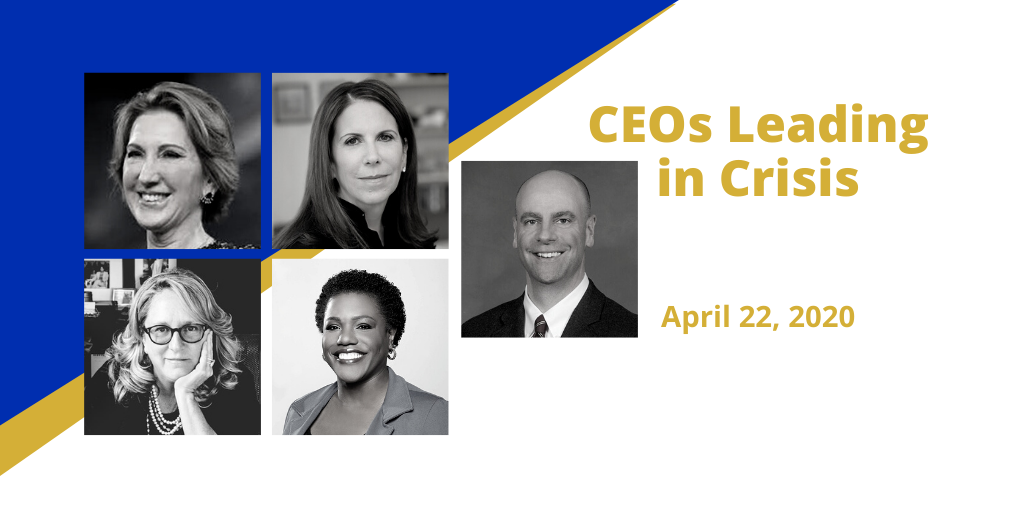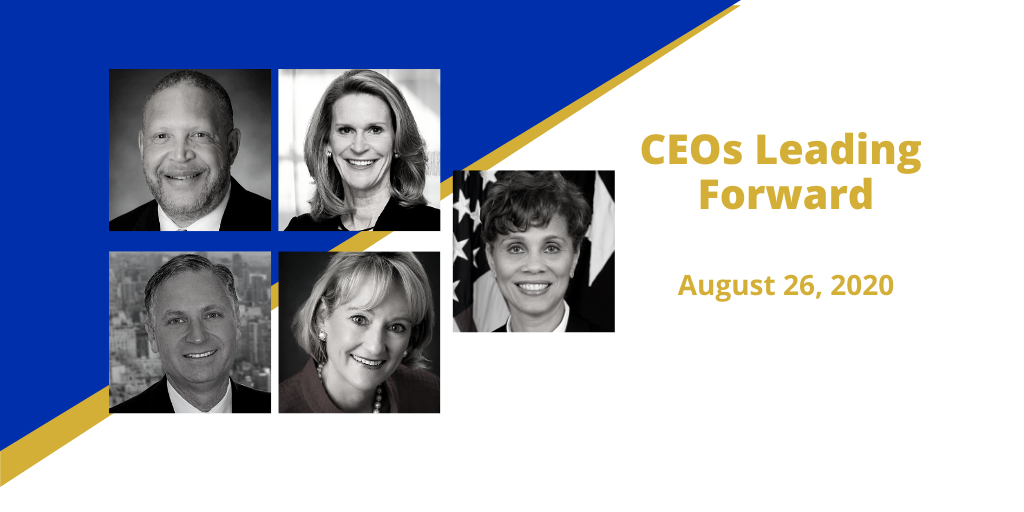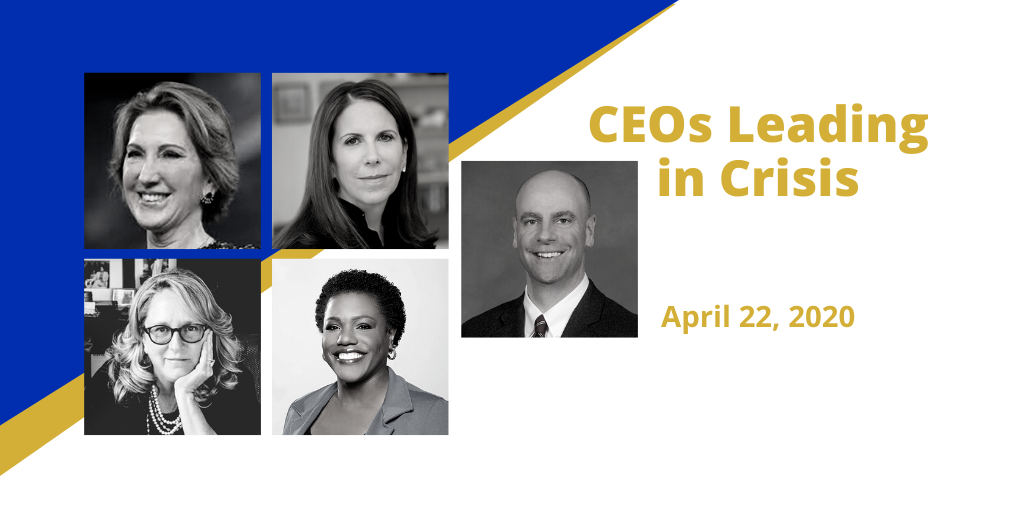LINK: https://wwd.com/fashion-news/fashion-features/why-arent-there-more-women-ceos-fashion-business-gender-parity-wbc-fortune-500-1234779572/
It’s easier to discuss the problems of gender parity than to reckon with the realities of it.
But as of now, just 40 women lead businesses listed among the Fortune 500 (by May 1, when Thasunda Brown Duckett takes the reins at retirement and investment manager TIAA, that number will reach 41). And while that’s progress from the 33 who sat at the helm in 2019 and the two in 2000, it’s still just 8 percent representation. Of that list, 10 lead fashion companies — this in an industry that took off with pioneers like Dorothy Shaver and Liz Claiborne, who were both powerful and pivotal in making American fashion what it is today.
What’s more, by 2028, according to Nielsen, women will account for 75 percent of discretionary spending, “making them the world’s greatest influencers.” On clothing, on average, women almost always outspend men.
While women largely fuel the industry’s sales, they’re not really steering the ships. Fashion doesn’t veer very far from the standard lack of female leaders across sectors.
“Though things are changing, widening demographics beyond the traditional set of white male leaders, it’s not changing quickly enough. Women held 51.5 percent of all management, professional and related occupations in 2018, per the Bureau of Labor Statistics, but women still lag considerably in the upper rungs of the corporate ladder,” according to “Women CEOs in America,” a first of its kind overview of how women leaders are positioned. The report was released in October by the Women Business Collaborative, or WBC, global nonprofit for women business leaders C200 and Catalyst, which has made accelerating women’s leadership its mission. “The CEOs and executive leaders of corporate America wield immense and growing power, but the Fortune 500 shows that women hold only [8 percent] of those CEO positions. Women of color hold less than a single percent overall of Fortune 500 CEO positions. In the Russell 3000 Index, according to Equilar and the Wall Street Journal, only 26 percent of the 307 companies named women as CEOs.”
By category for context, finance counts just seven women chief executive officers leading companies in the Nasdaq 100 index; in tech, women held only 18 percent of chief information officer positions in 2019, and researchers for the “Women CEOs in America report” could only find 10 women in CEO roles at large nonprofits appointed since 2018. Female representation among fashion companies in the Fortune 500, while not as bad as other sectors, amounts to roughly 24 percent.
Now, what’s being called the first “female recession” — a fallout from the pandemic which has most acutely impacted women and people of color — could further threaten the pipeline of women able to climb the ranks since they’re leaving the workforce in record numbers, owed to things like childcare and a general lack of sustainable support. In the U.S. in December, women accounted for 100 percent of the jobs lost. As of February, the percentage of American women working is the lowest since 1988.
In research released last month, Catalyst found that women globally are 24 percent more likely to permanently lose their jobs compared to men. Nearly 22 percent of women also provide “unpaid care” (like childcare, housework) on a full-time basis, compared to 1.5 percent of men. Pre-pandemic, women were spending an average of four hours and 22 minutes on care each day compared to two hours and 15 minutes for their male counterparts. Now women are spending 15 hours more on unpaid labor each week than men.
The even more sobering reality is that women are still very much contending with years of occupational segregation that have largely kept them from climbing to the upper echelons of executive leadership.
“The average company has 22 percent in the C-suite or women executives, but when you peel away the onion, only 5 percent of that [number] were running P&L. And if you don’t — as you know in retail — let women run profit and loss divisions, we’re never going to advance them to the top. And less than 1 percent women of color were running P&Ls,” WBC CEO Edie Fraser told WWD. “So, there’s a giant push afoot as we move women up, not just to give them the chief information, the chief marketing, the chief diversity [roles], but to really let them run lines of business.”
To do so will be critical to corporations diversifying their ranks, which has consistently and increasingly proven to translate to bottom-line benefits as well as customer loyalty, if the ethics of it aren’t enough of a pull to action.
Women are generally well represented at the midlevel, but the broader business sector needs to make strides in improving the pipeline for advancement so women don’t step out instead of up, which “diminishes the succession potential for CEO positions,” according to the “Women CEOs in America” report.
The problem comes back to the pipeline.
“Women make up half of the world’s talent pool. In the U.S., 50.2 percent of the college-educated labor force is made up of women. They have long eclipsed men in earning college degrees, yet women still only hold 25 percent of leadership roles. Plain and simple, an all-male succession bench simply won’t cut it,” Becky Frankiewicz, president of North America for workforce solutions firm ManpowerGroup, wrote in a World Economic Forum note last year. “To address this, companies need to break down gendered career paths, so women don’t get stuck in job silos that are historically female like communications, HR and support roles.”
But one-off efforts won’t be enough to keep companies off the naughty list when it comes to gender parity.
As Emma Grede, CEO of Good American, who will speak at Fairchild Media Group’s upcoming Diversity Forum on March 24, said, “One appointment doesn’t solve an intrinsic or system issue in a company. And when we’re looking at culture, one high-profile appointment is essentially not going to be a quick fix…it goes back to those ideas of, once somebody is in that position, what is the organization doing to actually support that person to ensure success?”
And support doesn’t mean hanging someone out to dry when business conditions are challenged.
The notion of the glass cliff, cousin to the glass ceiling — a metaphor for the invisible barrier that keeps a particular demographic from rising beyond a certain rank — is a phenomenon some say has impacted women. The idea is that women are welcomed into the C-suite when things aren’t going well in the business, when their risk of failure is greater and, even more, expected. Conversations around the glass cliff resurfaced when J.C. Penney Co. Inc. named Jill Soltau CEO in 2018, as Marvin Ellison exited as sales continued to slide and debt ballooned. Soltau, on the heels of the department store’s Chapter 11 exit late last year, left the company and its new owners are searching for someone to fill the role.
“It’s really important to take a step back so we do acknowledge the existence of the glass cliff, but we’ve also got to understand why so many Black, people of color and female leaders actually find themselves in that position — and that’s because there are actually so few opportunities for those executives at a high level, so when those positions come along, often the case is that there’s a feeling that there’s no other choice but to take that window of opportunity,” Grede said.
New models of adequate support for women in business will require that companies acknowledge the landscape has changed: consumers have made abundantly clear they won’t support entities whose efforts on diversity — gender, racial and otherwise — they don’t align with; COVID-19 has ushered in a new reality of work-life balance, and companies must grapple with new forms of support to keep the talent they count on.
“Of course we’re losing because of childcare and women working at home, but that can change because we’ve got a new workforce culture that will absolutely salute women working at home. We’ll never go back full-time to the office and there’s a change because of technology, so it may be that women go to the office two days a week in certain areas. But there is a giant sea change afoot in the way that we are working and the way CEOs and other executives have had to wake up and adapt, because if they want to retain their talent then they’ve got to open opportunities and look at talent advancement. And it’s particularly true for Black and Brown women in the workforce,” Fraser said. “Companies have said when they get their top leaders on the Zoom calls and they see a child jump over somebody’s lap or a dog jump into the lap, it’s a new day to really recognize that there have got to be far more support systems and men as partners for work life and home life.”
At Ralph Lauren Corp., support for women in the pipeline has taken on a new shape in light of the pandemic.
“In our market, the apparel market, women are the top consumer — number one — of the product that we sell and distribute,” said Roseann Lynch, executive vice president and chief people officer for global people and development, who will also speak at WWD’s upcoming Diversity Forum. “When the going gets tough, it’s clear that the burden has been put on the woman in the household to take on the educator role, the caregiver role and others, so the pandemic has definitely highlighted for us not only the role for the woman in the workplace but also at home.”
The company, which has already reached gender parity at the leadership level, according to Lynch, also has programs in place to keep women in the executive leadership and C-suite pipeline.
“Women are running significant portions of our organization all over the world and they require a level of, one, flexibility; two, we just have to reconstruct the way work is happening,” she said. “We have to recognize that they have to make childcare solutions and come up with those solutions in their household, so [the question becomes] how are we balancing that out?”
Companies that may not have made this a priority in the past are starting to make greater strides to keep up and keep the women who have been vital to their business.
While the World Economic Forum said in its Global Gender Gap Report 2020 released at the end of 2019 that it would take 99.5 years to reach gender parity (bringing us almost to the year 2120), Fraser, who’s optimistic about the recent momentum of executive appointments for women, says the time is now. WBC expects female representation across the Fortune 500 will increase to 10 percent by 2025, but Fraser believes it will be sooner than that.
“I personally will go out on a limb because there’s so much change and say we’re going to see 10 percent by 2022,” Fraser said. “We always say there’s an old boys’ network — there’s a new girls’ network.”


















